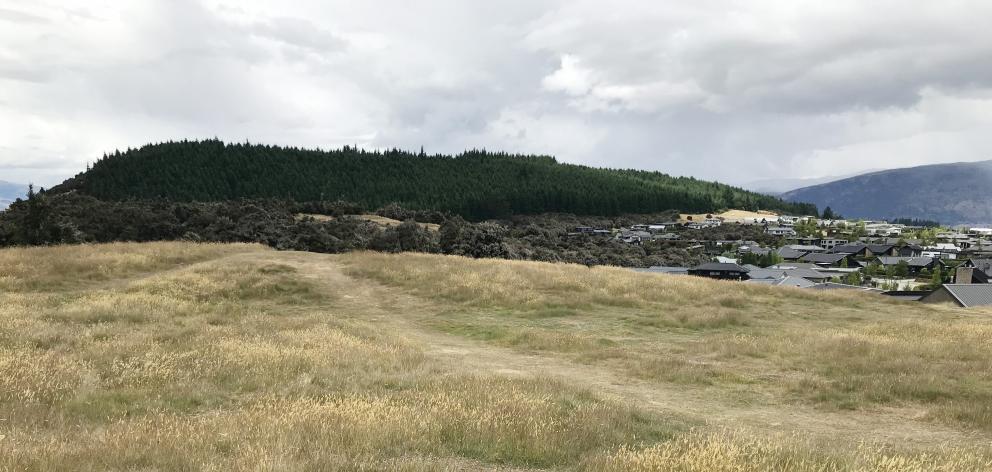
The council announced its decision in a statement released yesterday afternoon, confirming it intended to "accept and abide by" the court’s decision released on July 31.
QLDC chief executive Mike Theelen said the council had engaged with the court process to appropriately zone the land and ensure the zoning took into account complicated considerations regarding the block.
"These included the need to recognise and provide for the relationship between Māori, their culture and traditions and their ancestral lands and sites, as well as protecting the values of the Dublin Bay outstanding natural landscape that’s located both within and to the north of Sticky Forest", Mr Theelen said.
The Environment Court had received evidence from a range of experts and had balanced the considerations when deciding how the land should be zoned, he said.
"The decision includes a number of directions on steps required to finalise the district plan framework that applies to Sticky Forest, and the council is working with the parties to progress those steps", he said.
Maps defining the rezoned area have not yet been released but the council is expected to lodge them with the court this month.
Deputy mayor Quentin Smith, of Wānaka, said yesterday: ‘‘Firstly, and most importantly, no one is questioning the legitimacy of the treaty settlement and appropriate compensation for the beneficiaries.
"The outcome however is one that is difficult for the community in Wānaka who have long valued the informal access to Sticky Forest", Cr Smith said.
"From a resource management perspective the decision is intriguing and appears to establish some interesting case law that we will continue to come to terms with.
"Unfortunately, in my opinion, this was never an appropriate piece of land for settlement but we are forced to accept the ruling of the court.
"Any hope of the Crown considering any other more appropriate compensation (land or financial) is long gone.
"Hopefully, there is still some opportunity to work with the landowners to achieve some good outcomes for the community for recreation and to ensure the remaining landscape values are protected", Cr Smith said.
Bike Wānaka was not a submitter during the 2015 district plan review so could not have a say in the Environment Court case and cannot appeal the decision.
Club spokesman Simon Telfer said the club intended to meet representatives of the successors "but it’s still relatively early days since the group’s formation and the EC decision".
The club has built about 30km of informal bike trails in the pine forest over many years. Last week it issued a newsletter to its members, which said it had always supported the right of the descendants of the original dispossessed people (beneficiaries) to economic sustenance/reparation.
"We are deeply disappointed that a way could not be found to achieve this outcome that did not involve the development of Sticky Forest. Over many years we have been grateful to have had the opportunity to be informal guardians of Sticky", the newsletter said.
"We’d like to form a partnership/relationship with the newly appointed representative group of the landowners to see if recreational access can be retained for areas of Sticky that are not zoned to be developed", it said.
At a glance
• Ownership rights are held by more than 2000 successors of 50 named Māori individuals who were supposed to gain title in the 1800s but never did. Ownership was confirmed by the Ngāi Tahu Claims Settlement Act 1998 and Ngāi Tahu Deed of Settlement 1997.
• It is held by the Crown while the Māori Land Court and Te Arawhiti work on identifying the successors and transferring title.
• In 2015 Kāi Tahu successor Mike Beresford (he has since died) submitted during the district plan review that Sticky Forest should be rezoned for housing.












